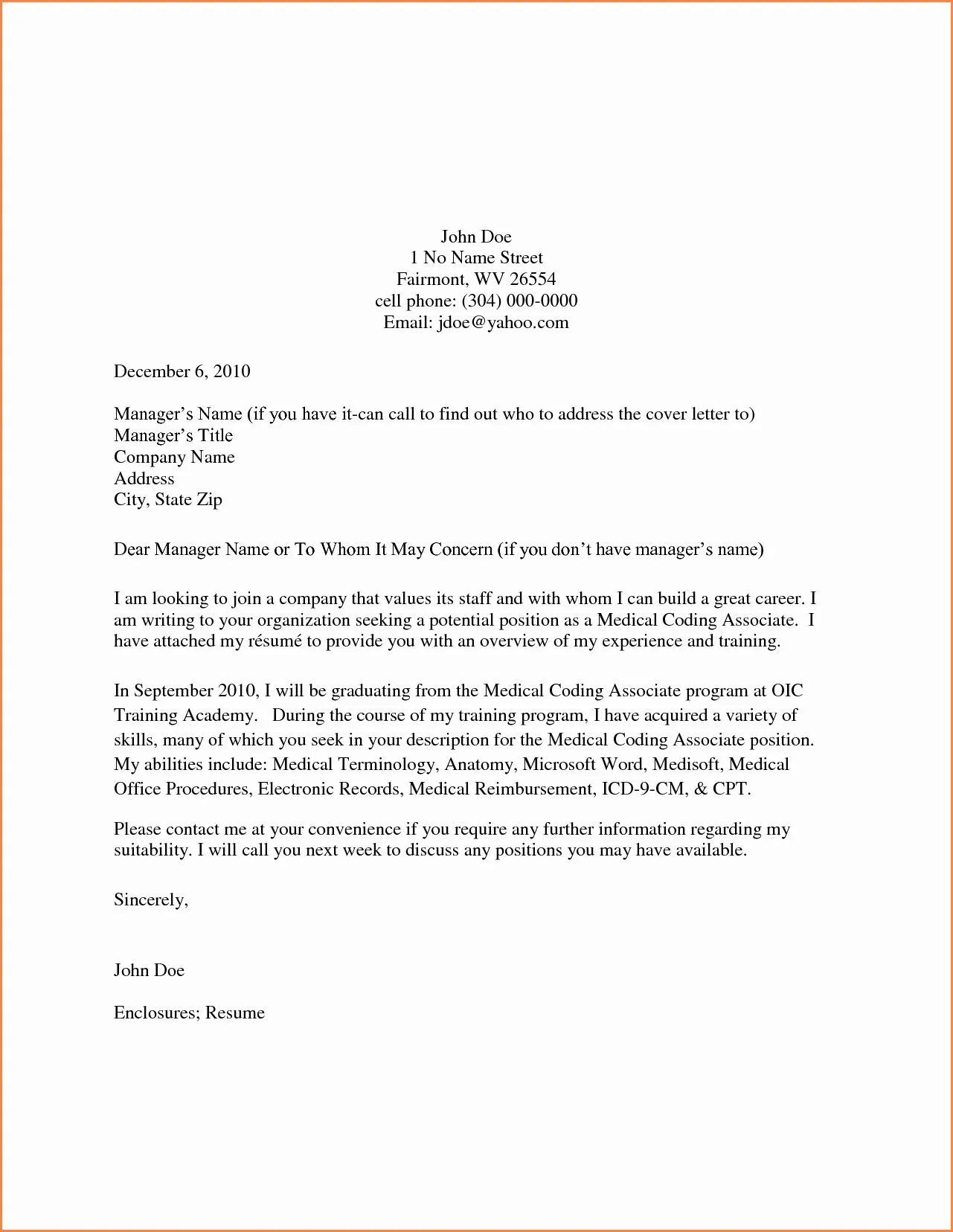Cover Letter When Hiring Manager is Unknown
Writing a compelling cover letter is crucial for making a positive first impression on a potential employer. However, what happens when you’re faced with the challenge of not knowing the hiring manager’s name? This guide provides a comprehensive approach to crafting an effective cover letter, even when the recipient remains a mystery. We’ll explore how to navigate this common scenario, ensuring your application stands out and grabs the attention of the right person, regardless of who they are. Let’s delve into the specifics of creating a winning cover letter.
Understanding the Situation
Before diving into the ‘how-to,’ it’s important to understand the implications of not knowing the hiring manager’s name. This situation is frequently encountered, especially when applying for jobs through online portals or large companies. While it might seem like a minor detail, addressing your cover letter appropriately can significantly impact how your application is received. In this section, we’ll examine the importance of knowing the recipient and the potential pitfalls of addressing a cover letter generically.
Why Knowing the Hiring Manager Matters
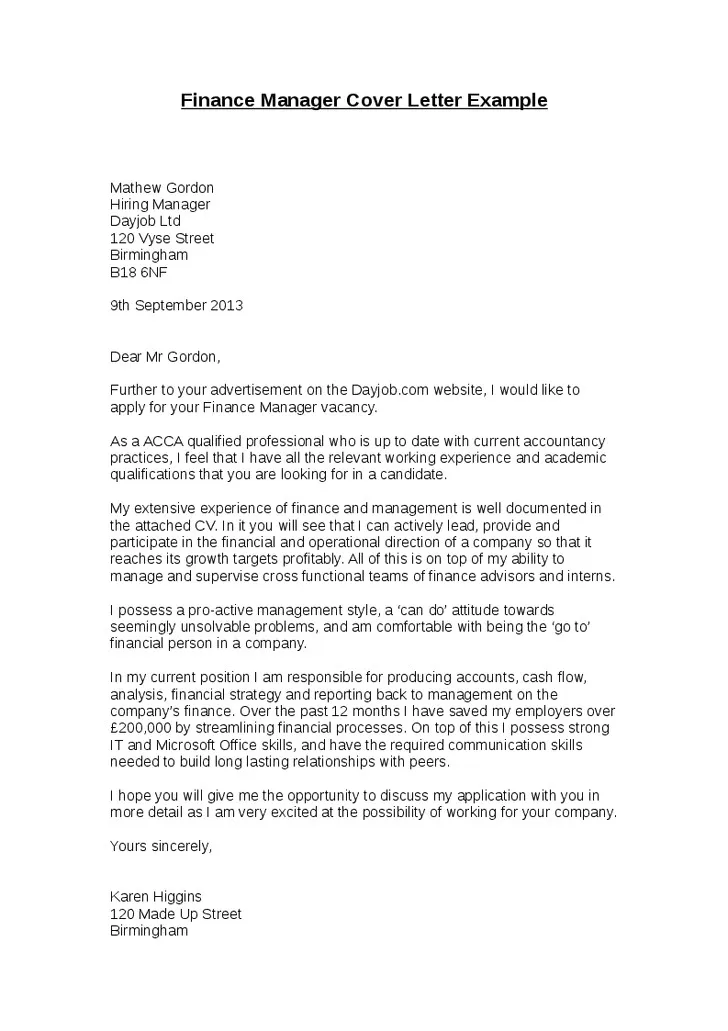
Addressing a cover letter to a specific person demonstrates that you’ve done your research and are genuinely interested in the opportunity. It shows initiative and attention to detail, qualities that hiring managers often look for in potential candidates. Knowing the hiring manager’s name allows you to personalize your letter, making it more engaging and relevant. It also shows you’re committed, and not just sending a mass application. In short, knowing the recipient can increase your chances of getting noticed and increase the likelihood of your application being read by a real human.
Challenges of Addressing a Cover Letter to ‘Hiring Manager’
Addressing your letter to ‘Hiring Manager’ is a common practice, but it also presents some challenges. It can make your letter feel impersonal and generic, potentially leading it to be overlooked in favor of applications that show more effort. Generic greetings can also suggest a lack of initiative or a ‘spray and pray’ approach to job applications. Although it’s often unavoidable, you should aim to personalize your letter as much as possible, even if you cannot find a name. Consider the alternatives, as we’ll discuss in following sections.
Strategies for Researching the Hiring Manager
When the hiring manager’s name is not readily available, several strategies can help you uncover this crucial information. Investing a few extra minutes in research can significantly improve your chances of making a strong impression. Using these methods will help you go from a generic ‘To Whom It May Concern’ to a more personal and professional opening. Here are some proactive steps to finding the right contact.
Using LinkedIn to Find the Right Person
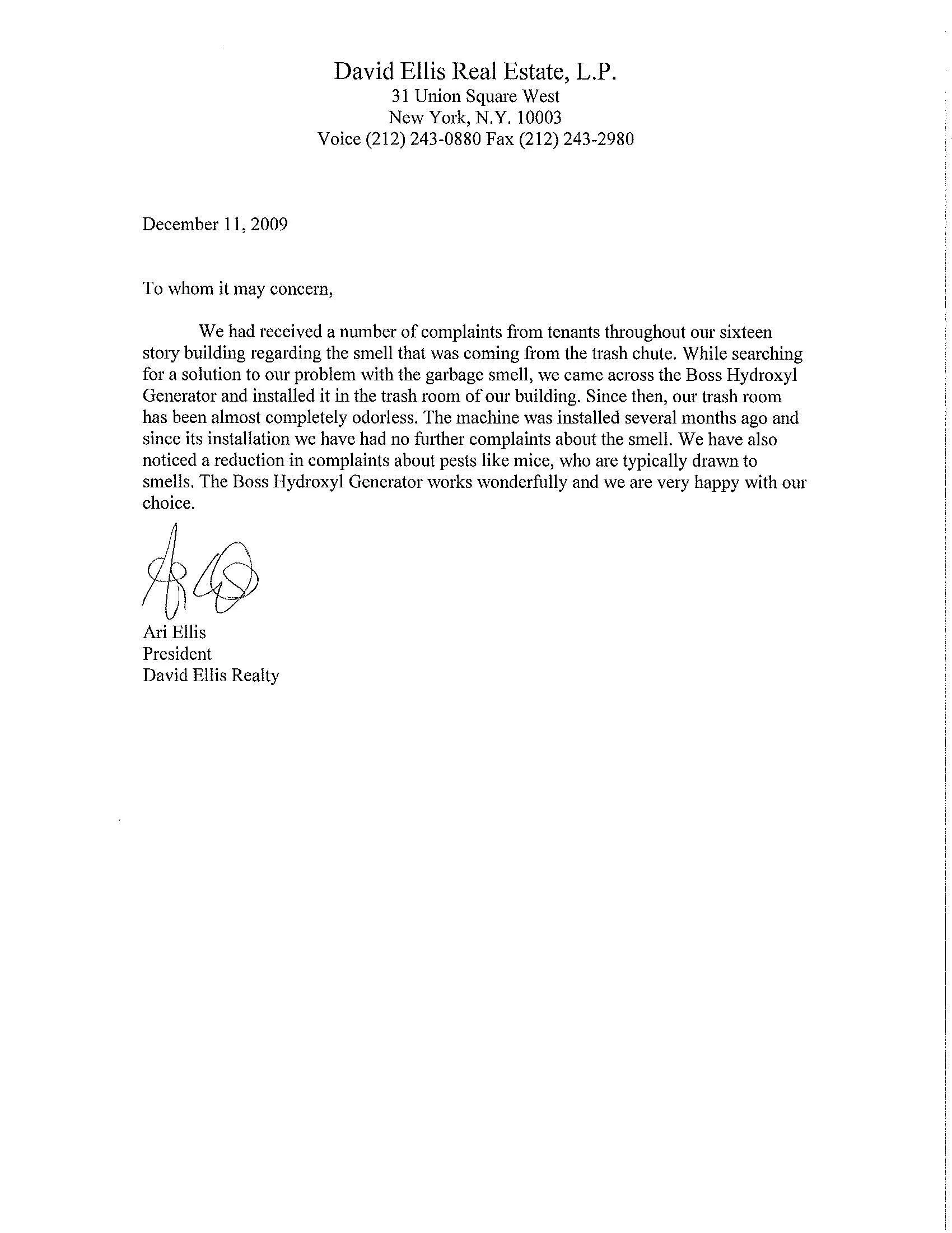
LinkedIn is a powerful tool for job seekers. Start by searching for the company and exploring its employees. Look for individuals in the hiring department or those with the title of ‘Hiring Manager,’ ‘Recruiter,’ or similar roles. If the job posting specifies a department, narrow your search to that area. You might find the direct contact or at least a team lead to whom you can address your letter. Always double-check that you have the correct person before addressing your letter. (Image: A screenshot of a LinkedIn search for a specific company and role).
Checking the Company Website for Contact Information
Many companies have a ‘Contact Us’ or ‘Careers’ section on their website. Within this section, you may find general contact information for the human resources department. It’s also worth looking for a specific contact person mentioned in the job posting itself. Sometimes, the posting will provide a general email address or even a name, which can be a goldmine. If you find an email, you can then send a short message to request the name of the hiring manager. (Image: A screenshot of a company website’s contact or careers page).
When Research Fails What to Do
Despite your best efforts, you might be unable to find the hiring manager’s name. Don’t worry; it’s not the end of the world. You can still write an effective cover letter. The key is to adapt your approach and use alternative greetings that convey professionalism and respect. The following section will cover your available options for this specific instance.
Using General Greetings Effectively
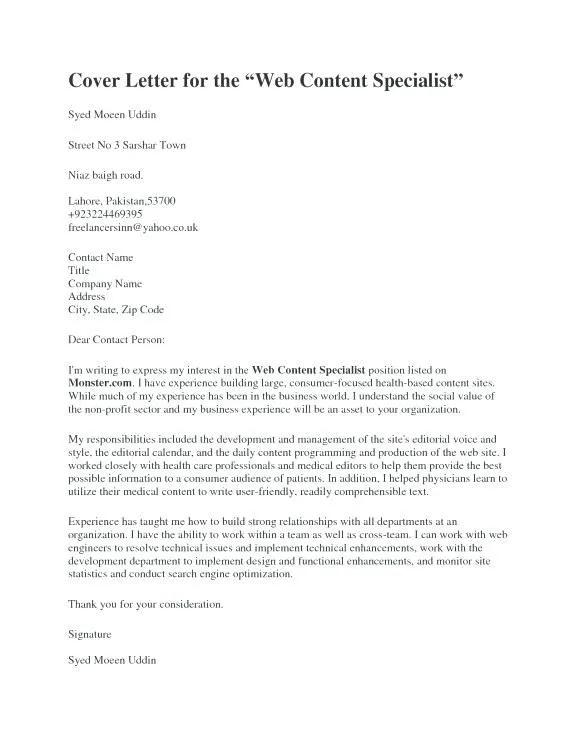
When you cannot find a name, use a professional and respectful greeting. Options include ‘Dear Hiring Manager,’ ‘Dear [Company Name] Hiring Team,’ or ‘To Whom It May Concern.’ While these are generic, they are acceptable. Avoid overly casual greetings. In the body of your letter, make a strong impression by demonstrating your understanding of the company and the specific job. Highlight your value and customize your letter to the company’s needs.
Formatting Your Cover Letter
Regardless of whether you know the hiring manager’s name, the overall formatting of your cover letter should be consistent and professional. A well-formatted cover letter is easy to read, presents your information clearly, and demonstrates your attention to detail. Clear and professional formatting will make your letter stand out. Consider the following key elements.
The Opening Paragraph
Your opening paragraph is your opportunity to grab the reader’s attention. Clearly state the position you’re applying for and where you found the job posting. If you know something about the company, mention it here. Show that you have done your research. State your purpose and immediately show your enthusiasm and connection to the role. Keep it concise and focused to grab attention.
Highlighting Your Value Proposition
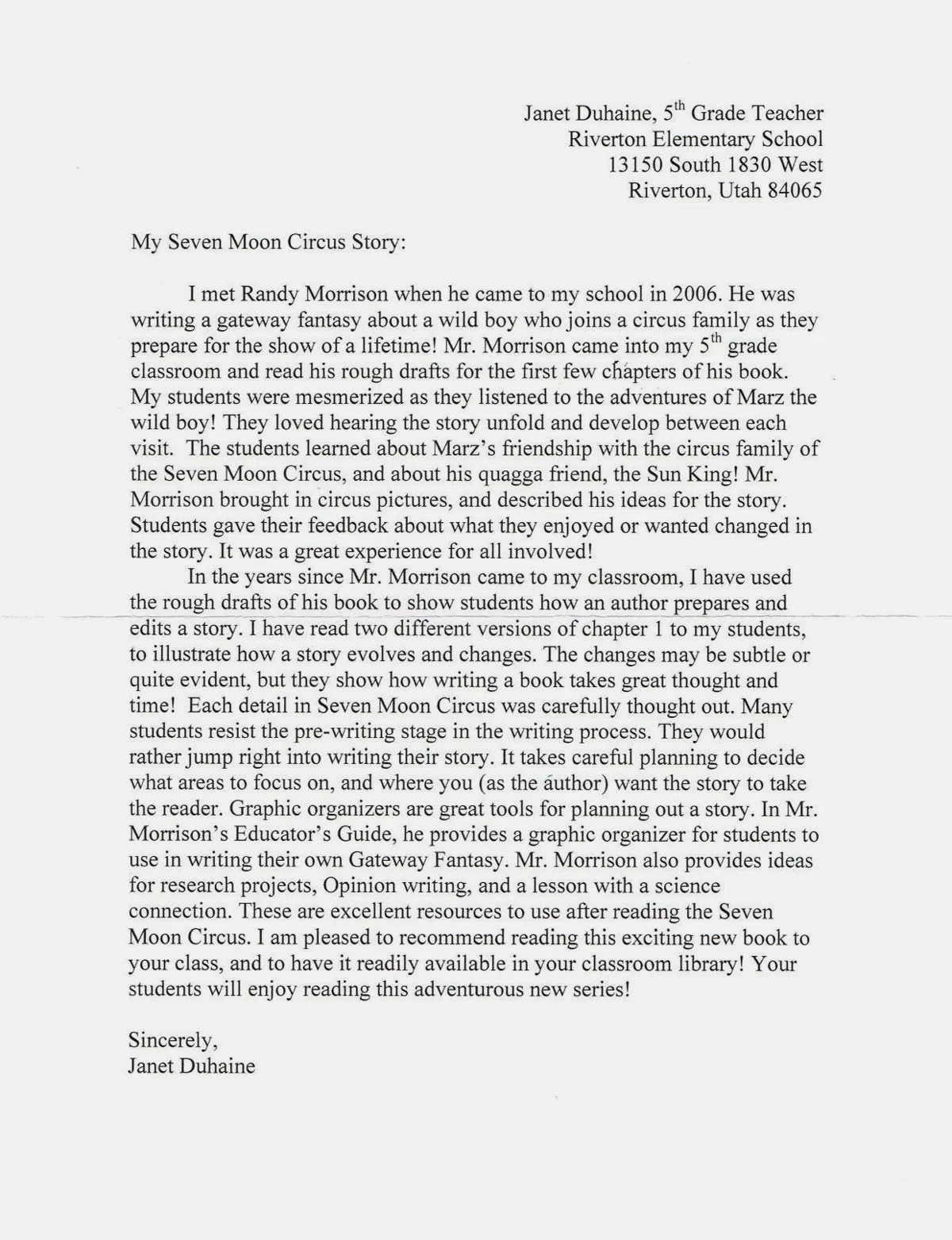
The body of your cover letter should demonstrate your value proposition. Explain what you can offer the company, focusing on the skills and experience that align with the job requirements. Provide specific examples to showcase your achievements and quantify your successes whenever possible. Tailor your examples to the specific job requirements, using keywords from the job description to show you understand the role. Show the value you bring to the company. (Image: A visual representation of a value proposition).
Emphasizing Your Skills and Experience
Use the body to elaborate on your key skills and experiences. Focus on achievements and results, showing how you’ve contributed to success in past roles. Provide concrete examples using the STAR method (Situation, Task, Action, Result) to illustrate your abilities. Quantify your achievements whenever possible, using numbers and data to support your claims. This helps demonstrate the value you would provide to the company. Your experiences, tailored to the posting, are crucial.
Closing Your Cover Letter
Conclude your cover letter with a strong call to action. Express your enthusiasm for the opportunity and reiterate your interest in the position. Include a statement that you’re available for an interview and thank the hiring manager for their time and consideration. Offer to follow up, but do so subtly (e.g., ‘I look forward to hearing from you soon.’). Reiterate your qualifications, and express your appreciation for the opportunity.
Proofreading and Editing
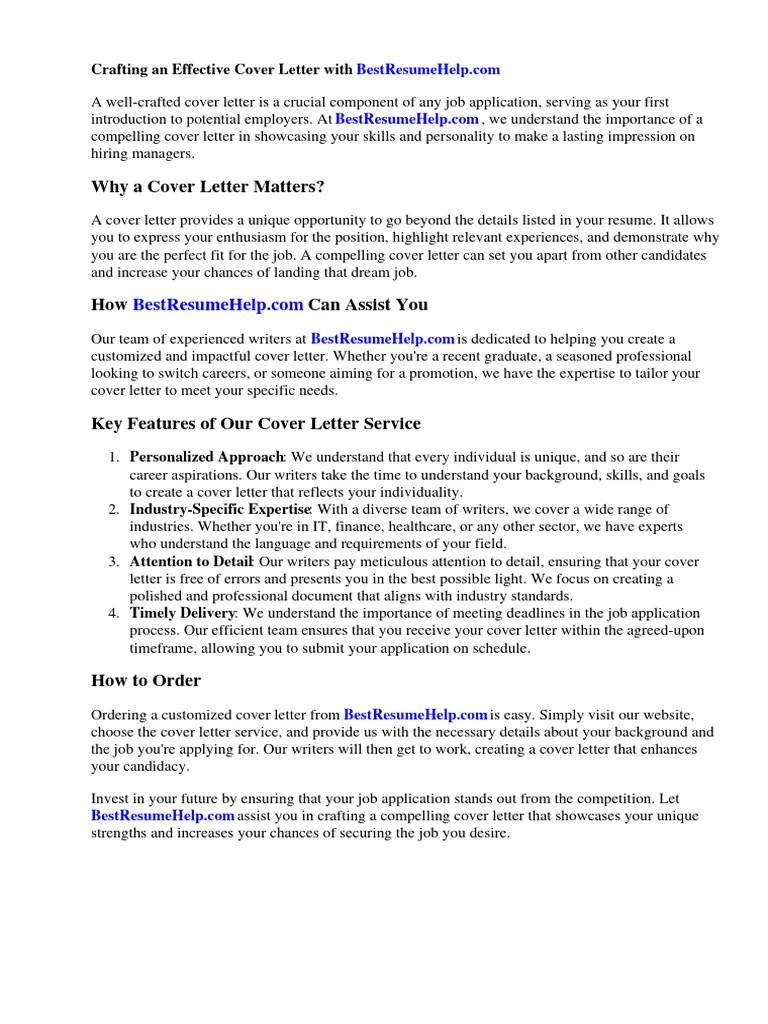
Before submitting your cover letter, proofread it carefully. Check for grammar, spelling, and punctuation errors. Ensure your formatting is consistent and professional. Ask a friend or family member to review your letter for any mistakes you might have missed. A polished cover letter demonstrates your attention to detail and professionalism, increasing your chances of making a positive impression. A single error can greatly impact the perception of your application. (Image: A person proofreading a document).
In conclusion, writing a cover letter without knowing the hiring manager’s name presents a unique challenge, but it’s entirely manageable with the right approach. By researching and, if necessary, using professional, general greetings, you can create a compelling cover letter that highlights your skills and experience. Remember to tailor your letter to the specific job requirements, emphasize your value proposition, and always proofread your work. By following these steps, you’ll significantly increase your chances of landing an interview and ultimately securing your dream job.
